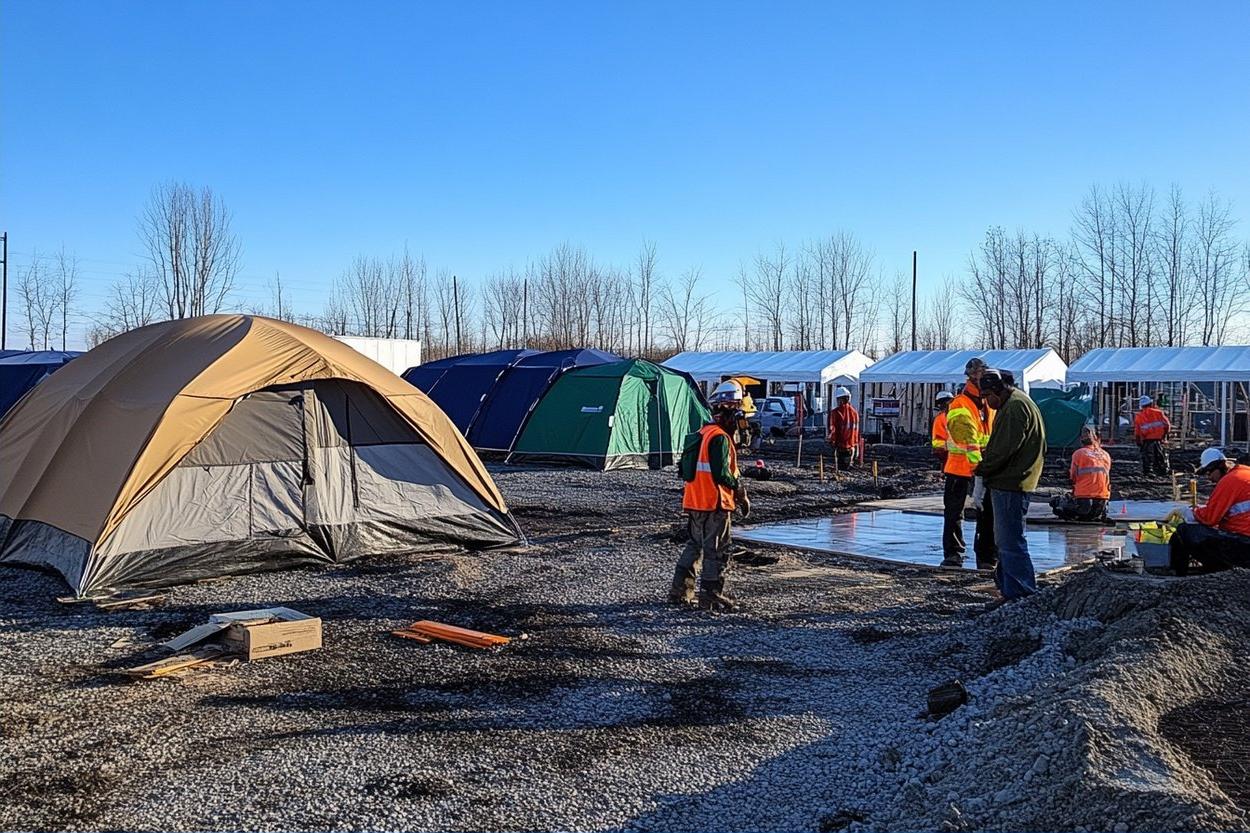Weather Planning: How Conditions Affect Event Schedules
Weather can change a festival’s flow quickly. This article outlines how common weather scenarios influence decisions around lineup timing, stage setup, camping, travel, and safety so organizers and attendees can plan realistic schedules and contingencies.

Weather is one of the most variable factors in outdoor event planning and it directly influences schedules, artist lineups, vendor operations, and attendee experience. Effective weather planning anticipates shifts in temperature, wind, precipitation, and severe conditions, then translates those forecasts into operational decisions: which acts to move earlier or later in the day, how long soundchecks should be, whether camping areas need reinforcement, and how travel and accommodation guidance is communicated. A clear, rehearsed protocol that links meteorological thresholds to concrete schedule changes reduces confusion and improves safety while preserving as much of the planned program as possible.
How does lineup and schedule adapt to weather?
Lineup order and set lengths are often the first elements adjusted when weather is a concern. Organizers may prioritize headline acts earlier in the day to avoid late-evening storms or high winds, shorten sets to compress schedule windows, or combine acts on the same stage to reduce cross-site movement. Communication about schedule changes must reach ticket holders quickly via apps, social feeds, and on-site notices. Ticketing policies tied to weather contingencies (refunds, transfers, or rescheduling) also affect how flexible a schedule can be, and clear terms help manage crowd expectations.
How do stages and sound respond to conditions?
Stages and sound systems require both technical and safety adaptations for weather. High winds can require lowering the maximum height of temporary rigging or pausing performances to inspect structures; rain may force coverings for mixing desks and protective casing for speakers. Sound teams plan alternate gain settings when atmospheric conditions change to maintain clarity without endangering equipment. Backup power and sheltered areas for sensitive gear are essential logistics tasks that affect schedule resilience; soundchecks and load-ins are often scheduled with weather buffers to allow for last-minute adjustments.
How do camping, accommodation, and travel get affected?
Camping zones and accommodation plans must account for ground conditions, flooding risk, and temperature swings. Mud and standing water can slow movement between stages and access points, requiring schedule padding and revised transit routes. Travel guidance—including recommended arrival times and shuttle schedules—often changes ahead of and during adverse weather, and organizers coordinate with local accommodation providers to help ticket holders find alternatives if camping becomes unsafe. Clear signage and updated maps help attendees navigate to sheltered areas and transport hubs when conditions worsen.
How do crowd, safety, and accessibility change?
Weather impacts crowd behavior and safety planning: heat increases medical incidents related to dehydration, while storms raise the risk of slips, falls, and structural hazards. Accessibility measures must account for mud, steep paths, or flooded routes; organizers often provide alternative access paths, assistance points, and sheltered viewing areas for attendees with mobility needs. Crowd management teams adapt egress plans, capacity limits for covered spaces, and emergency shelter protocols. Regular safety briefings tied to weather forecasts help staff make consistent, timely decisions that preserve both safety and schedule integrity.
What logistics, vendors, and sustainability measures matter?
Vendors and logistics operations are sensitive to weather because supply chains, power requirements, and waste management can all be disrupted. Food vendors need power and dry prep areas, merchandise stalls require secure anchoring and waterproofing, and waste collection routes may be altered if ground conditions deteriorate. Sustainability practices—such as reducing single-use coverings or protecting sensitive flora—should be balanced with pragmatic needs like temporary ground reinforcement. Logistics teams build alternative vendor layouts and contingency supply sources into the schedule to avoid prolonged service interruptions.
What budget and ticketing considerations apply?
Budgeting for weather resilience is a practical necessity: contingency funds, insurance, and flexible ticketing terms all influence what schedule modifications are feasible. Ticketing platforms and insurance providers charge varying fees and offer different coverage levels; understanding these costs helps organizers model scenarios such as full-day postponements, partial evacuations, or venue replacements. Real-world budgeting typically includes line items for temporary infrastructure reinforcement, additional staffing, and communication systems that allow for rapid schedule updates.
| Product/Service | Provider | Cost Estimation |
|---|---|---|
| Ticketing platform | Eventbrite | Platform fees typically 2%–5% + fixed per-ticket fees; organizer-paid or buyer-paid options vary |
| Ticketing platform | Ticketmaster | Variable fees; service and processing fees can add 5%–15% per ticket depending on contract |
| Event insurance (weather coverage) | Hiscox | Weather-related small-event policies often range from a few hundred to several thousand USD depending on size and risk |
Prices, rates, or cost estimates mentioned in this article are based on the latest available information but may change over time. Independent research is advised before making financial decisions.
Conclusion Weather planning shapes almost every operational decision for events: lineup timing, stage safety, travel guidance, camping logistics, vendor service, crowd management, and budgets. Clear pre-defined thresholds, flexible ticketing and communication channels, and reserves for infrastructure and insurance allow organizers to adapt schedules while prioritizing safety and attendee experience. Thoughtful weather protocols reduce last-minute disruptions and help preserve the core of an event’s planned program.






